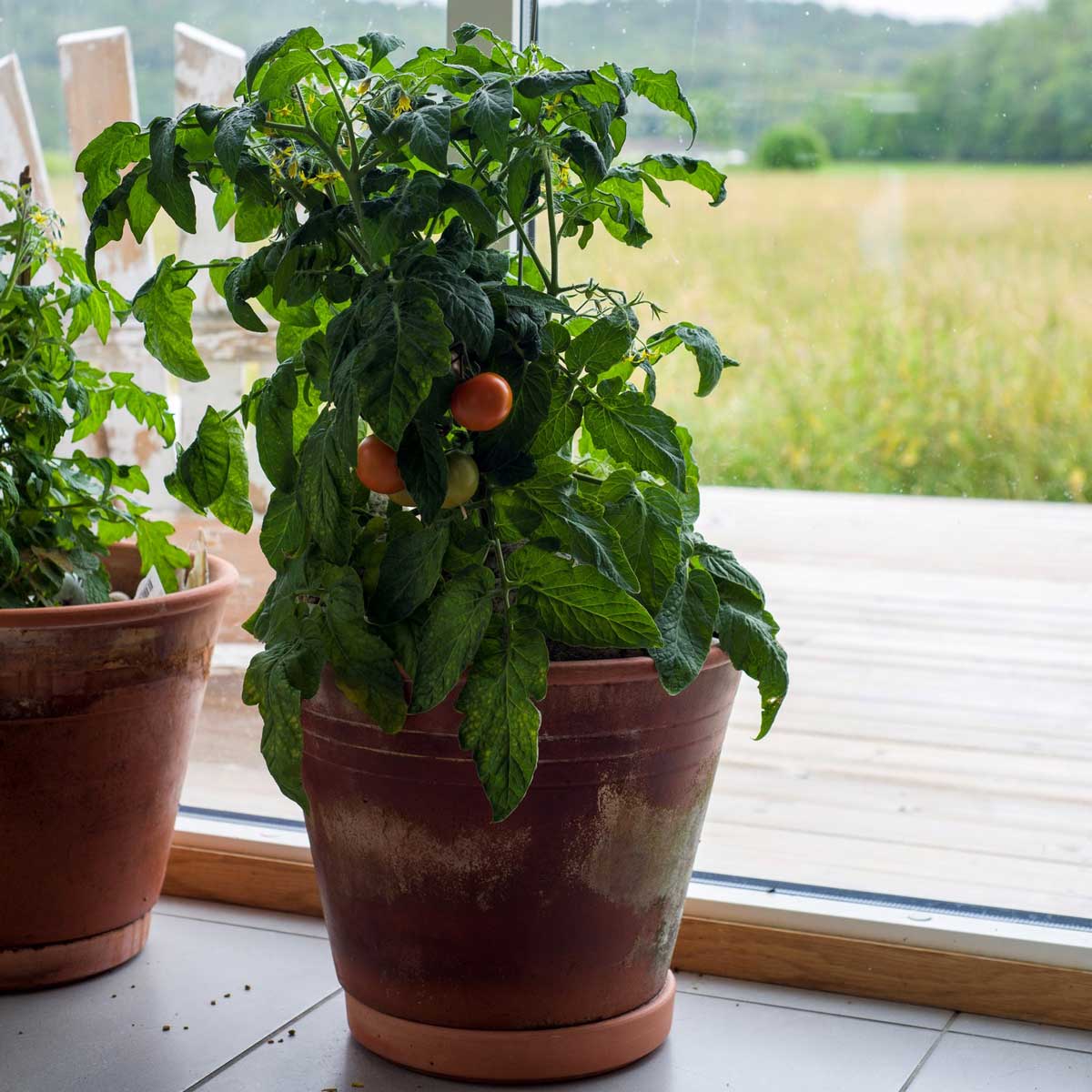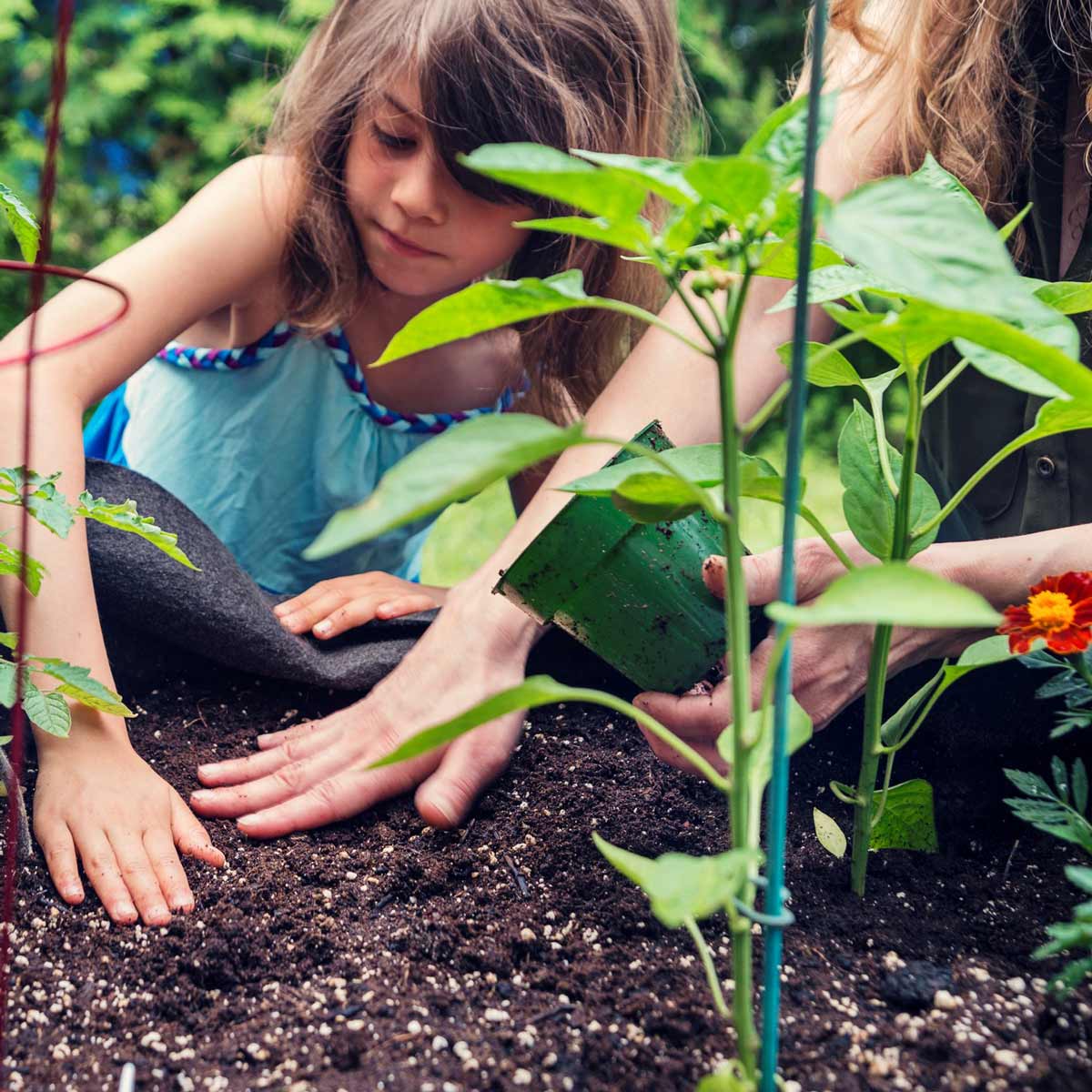How it Works: Preen Garden Weed Preventers
Here's how our Garden Weed Preventers prevent weeds before they even sprout rather than killing them after they’ve already had the chance to grow.
As the country stands in the midst of a global crisis, with businesses, schools, and normal life as a whole halted in the face of the Coronavirus pandemic, many have turned their attention to other times of crisis in U.S. history. Whether it be the Great Depression, the more recent Great Recession from 2008-2009, or the long six years that the U.S. spent involved in WWII, looking back at times of uncertainty in American history surfaces trends and behaviors that don’t look much different from what we are experiencing today.
Though times are vastly different, the tendencies that Americans adopt during tragedy haven’t really changed. One of the trends that have made its return during the Coronavirus pandemic is known as “Victory Gardening,” which continues to exemplify the benefits of gardening from both then and now.
War gardening, as it was first named, was introduced to Americans by the U.S. government during the WWI efforts as a way for people to help support the war efforts from home. Though they made their introduction during the first World War, it was during the Second World War that these gardens earned the name victory gardens.
The name victory gardens were coined to promote the idea that by producing food on the homefront, civilians could help ensure victory for those fighting in the war.
When the government ordered the rationing of staple foods as a part of the WWII efforts at the beginning of 1942, they also turned to American citizens to take action to provide food during this time of crisis. This action came in the form of victory gardens. With a shortage in transportation and labor in culmination with food rationing, victory gardens were a way for families and communities to supply fruits and vegetables when the country could not produce enough.
Interestingly enough, the gardens were a major success, supplying an estimated 9 to 10 million tons of fruits and vegetables. Driven by patriotism and the desire to do their part to support the war efforts, Americans planted more than 20 million victory gardens. These morale-boosting, patriotic gardens took form in backyards, schoolyards, parks, and any vacant space that could be found, including rooftops in the crowded cities.
While we may not be fighting a World War, the efforts to slow the spread of the Coronavirus have brought a renewed interest in gardening. Whatever the exact cause - concerns about food scarcity, a dip in the economy, the increased amount of time people are spending at home - people are getting back into the habit of growing their own food. And, though these gardens will not replenish the vacant toilet paper shelves of grocery stores across the country, they could bring great benefits to you this summer, just as they did during the WWII efforts in the late 1940s.

Patrik Glad / iStock / Getty Images Plus
Perhaps the most obvious reward of these gardens is, simply, more food! And not just any food, but fresh fruits and veggies that provide a myriad of health benefits. But, why else would victory gardens be appealing to people today?

Martine Doucet / E+ / Getty Images Plus
If you’re thinking about starting a modern-day victory garden, ensure that your vegetables have a weed-free place to grow with Preen Natural Vegetable Garden Weed Preventer. Avoid the hassle of weeding in your vegetable garden by spreading this 100% natural weed preventer anytime during the growing season. Just sprinkle around established vegetables, herbs, and fruits once a month to prevent listed weeds from returning for up to six weeks.